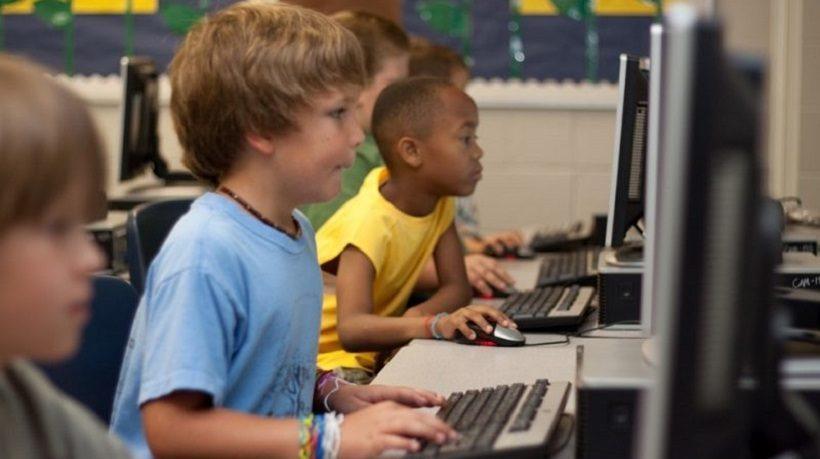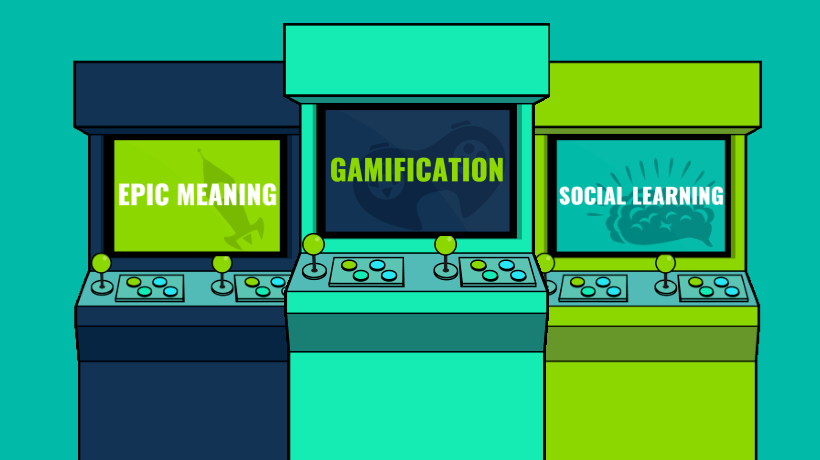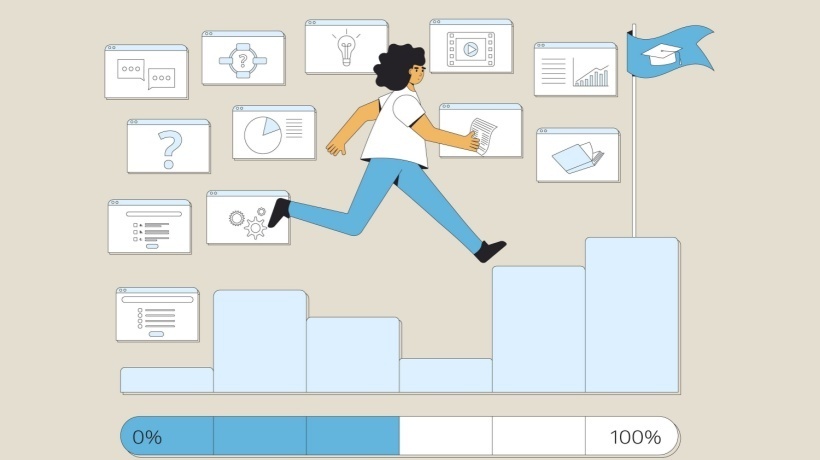The Magic Of Gamification For Thriving Young Minds
Did you know that playing games can help your child learn better? It's true! As parents, we all want our children to enjoy the process of learning and excel in their education. But what if we told you that incorporating interactive learning games and play into their learning routine could unlock a new level of engagement and excitement? That's where gamification comes in! In this article, we'll delve into the power of play and how gamification can make learning more enjoyable and effective for children. Get ready to discover a game-changing approach that will leave your child eager to learn!
The Importance Of Play In Learning
When we think of play, we often imagine children having fun and enjoying themselves. But did you know that play is not just about entertainment? It plays a crucial role in your child's development and learning journey. Let's explore why play is so important and how it benefits your child.
- Learning through exploration
Play allows children to explore the world around them. Whether building with blocks, pretending to be superheroes, or engaging in online educational games, children learn by using their senses, observing, and experimenting. - Cognitive development
When kids engage in puzzles, board games, or memory games, they exercise their thinking skills, memory, and concentration. - Social and emotional growth
Playing with others teaches them to take turns, cooperate, negotiate, and resolve conflicts. Play allows them to express emotions, develop empathy, and practice communication skills. - Language and communication skills
Whether it's engaging in pretend play, storytelling, or playing with puppets, children practice their vocabulary, communication, and expressive language skills. - Joy and motivation for learning
Play brings joy and motivation to your child's learning journey. Children become more engaged, enthusiastic, and eager to explore new concepts when learning feels like play. They develop a positive attitude towards learning, which sets the foundation for lifelong curiosity and a love for acquiring knowledge.
Gamification Elements: Creating Engaging Learning Experiences
Gamification incorporates various elements and strategies to make learning more engaging and enjoyable. Here are some key elements and strategies used in gamification:
- Points and rewards
Gamification often involves assigning points or rewards to children as they complete tasks or achieve specific milestones. Points can be accumulated to unlock rewards or advance to higher levels, creating a sense of achievement and progress. - Badges and achievements
Badges and achievements are like virtual medals children can earn when they accomplish specific goals or demonstrate particular skills. These visual representations of success provide a sense of accomplishment and recognition. - Leaderboards and competitions
Leaderboards create a sense of friendly competition by allowing children to compare their progress with others. This element can spark motivation and encourage children to strive for improvement as they see their names climb up the ranks. - Levels and progression
Like in a video game, gamification often involves dividing the learning journey into levels or stages. As children complete tasks and demonstrate mastery, they progress to the next level, unlocking new challenges and content. - Feedback and guidance
Effective feedback is essential to gamified learning. Constructive feedback helps children understand their strengths and areas for improvement. It guides them on the right path and motivates them to keep going. - Personalization
Gamification allows personalized learning experiences tailored to each child's needs and preferences. Children can choose their avatars, customize their learning paths, and engage with content that aligns with their interests, making the experience more engaging and meaningful.
Unlocking Children's Learning Outcomes Through Gamification
So, how does gamification impact your child's learning outcomes? Let's take a closer look at the positive effects it can have:
1. Improved Engagement And Motivation
By incorporating play elements, gamification captures children's attention and keeps them actively engaged in learning. The excitement of earning points, unlocking rewards, and advancing to higher levels fuels their motivation to continue learning.
2. Enhanced Retention And Understanding
Children are more likely to retain and understand the information being taught when fully engaged and motivated. Gamification helps children connect with the content deeper, improving memory and comprehension.
3. Development Of Critical Skills
Gamification promotes the development of critical skills, such as problem-solving, critical thinking, decision-making, and creativity. Children are encouraged to think strategically, make decisions, and develop innovative solutions through gamified challenges and tasks.
4. Increased Collaboration And Social Skills
Many gamification approaches incorporate collaborative elements, encouraging children to work together, communicate, and share ideas. This fosters the development of teamwork, collaboration, and social skills, which are essential for success in the modern world.
5. Positive Learning Experiences
Gamification creates a positive and enjoyable learning experience for children. When learning is fun and engaging, children develop a positive attitude toward education, making them more likely to continue their learning journey with enthusiasm and curiosity.
Gamification is not about replacing traditional learning methods but enhancing them with elements that tap into children's natural inclination for play and fun. By infusing educational content with game-like elements and strategies, gamification makes learning more exciting, interactive, and effective.
Navigating Challenges And Considerations In Gamification
While gamification has numerous benefits, it's important to be aware of potential challenges and considerations. Here are a few to keep in mind:
- Excessive competition
While a little friendly competition can motivate, excessive focus on competition may lead to stress and pressure for some children. It's essential to strike a balance and ensure the learning environment remains supportive and inclusive. - Potential for addiction
Just like with any enjoyable activity, there's a risk of excessive screen time or becoming overly dependent on gamified learning. Establishing healthy boundaries and ensuring children have a balanced approach to their overall activities and responsibilities is crucial. - Ethical considerations
Gamification should be designed considering ethical considerations. It's important to avoid manipulative tactics or using rewards as the sole motivator for learning. The emphasis should always be on fostering genuine interest and intrinsic motivation.
Practical Tips For Implementing Gamification In Children's Learning Environments
Now that we understand the potential challenges let's explore some practical tips for implementing gamification in learning environments:
- Set clear learning objectives
Clearly define and align the learning objectives with the gamified activities. Ensure the game elements and strategies support and enhance the intended educational outcomes. - Choose appropriate gamification tools
Explore the available tools and platforms suitable for your child's age and learning needs. Look for user-friendly interfaces, engaging content, and customizable features. - Collaborate with educators
Communication and collaboration with teachers and educators are essential. They can provide insights, guidance, and support in implementing gamified learning effectively in the classroom or at home.
Embracing The Power Of Gamification For Engaging Learning Experiences
Gamification can transform your child's learning experience by harnessing the power of play. Gamified learning enhances engagement, motivation, and retention by incorporating game elements, rewards, and challenges. However, balancing and addressing potential challenges and ethical considerations is important.
As parents, we can embrace gamification as a tool to make learning more enjoyable and effective. By incorporating gamified activities, we can create a positive and engaging environment where our children can thrive academically and develop essential skills. So, why not embark on this exciting learning adventure with your child? Explore gamification tools, collaborate with educators, and witness the transformation as your child becomes an active, motivated, and enthusiastic learner. Learning should be a joyful journey, and gamification is the key to unlocking that joy. Let's embark on this game-changing approach together and empower our children to succeed in their educational endeavors.









